Whenever we’re traveling, we’d all love to take everything with us! However, for safety and legal reasons, we’re simply not allowed to do this. So, here are 17 items that could land you in trouble with the TSA if found in your checked luggage.
Explosives and Flammable Items
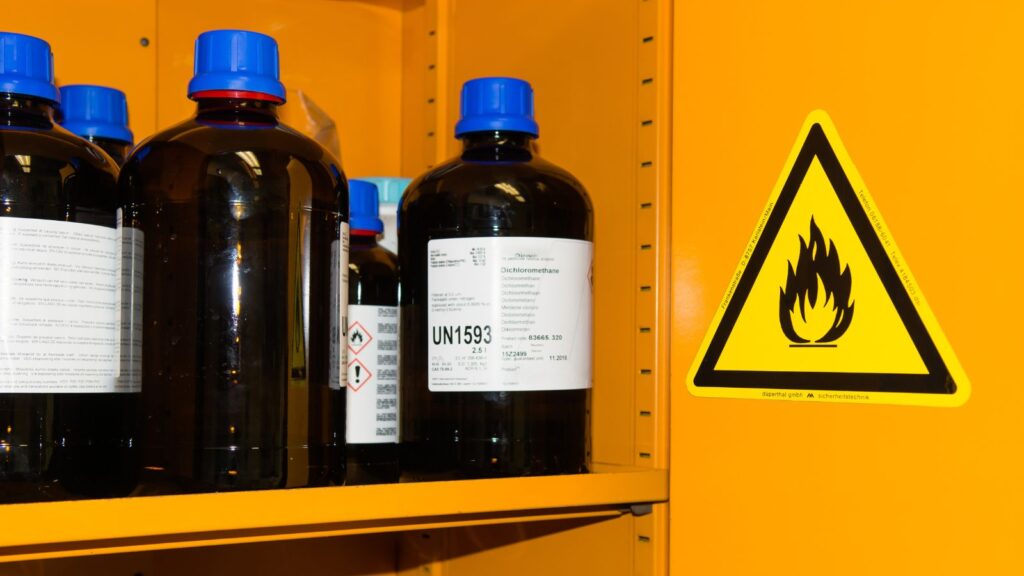
Explosives and certain types of flammable items are strictly prohibited by the TSA for safety reasons. This ban covers items like flares, fireworks, gasoline, and explosive chemicals. Even realistic replicas of any of these shouldn’t be found in your bag.
Compressed Gas Cylinders

Items like CO2 canisters, dive cylinders, or anything that has compressed gas in it, are also safety hazards on the plane so you shouldn’t carry them along. They become explosive when exposed to changes in cabin pressure, and this can cause significant damage to the structure of the aircraft.
Recreational Oxygen

Whether it be in compressed or liquid form, you’re also not allowed to carry canned oxygen, recreational oxygen, or flavored oxygen in your checked luggage, carry-on luggage, or on your person. This restriction covers medical oxygen too, so if needed, you’re advised to use an FAA-approved portable oxygen concentrator.
Lithium Batteries
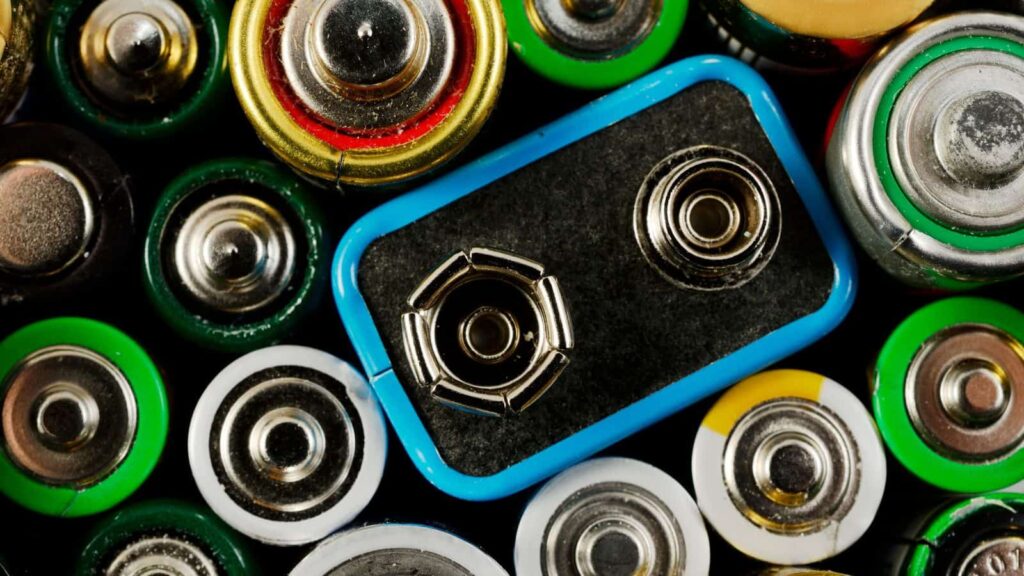
Lithium batteries can catch fire if they are damaged before or during boarding, or if they are improperly packaged. What’s more, fire from lithium batteries burns hotter and faster, and so is more difficult to extinguish. Because of these reasons, the FAA has banned uninstalled lithium metal and ion batteries in checked luggage.
Corrosives

Acid, drain cleaners, and batteries (basically any substance or chemical solution that could eat away materials,) are also banned from being taken onboard. A leak can damage the baggage of other travelers, the crew handling the baggage, and the aircraft’s structure.
E-Scooters

The batteries in electrical transporters like e-scooters and hoverboards are prone to overheating, making them a fire risk. Due to this, you can only take scooters protected from short circuits and with a battery rating not higher than 160 Wh – and only as hand luggage.
Firearms and Ammunition
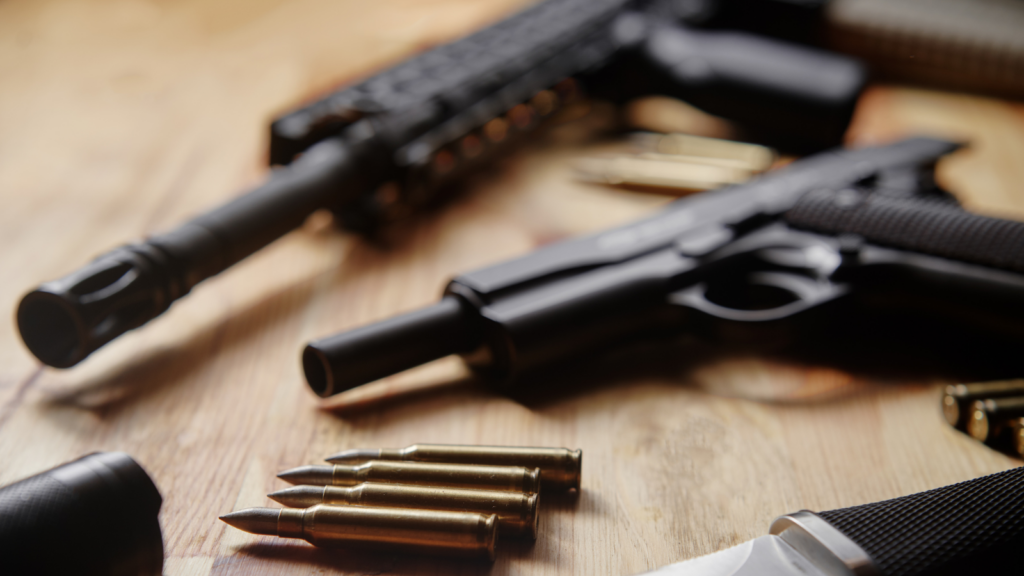
Before you are allowed to take a firearm with you on an airplane, the TSA says you have to declare it, unload it, and keep it securely locked in a hard-sided, hardly accessible container. This container should be made of fiber, wood, or metal too. These rules are in place to prevent accidental discharges and make everyone feel safer.
Toxic Substances
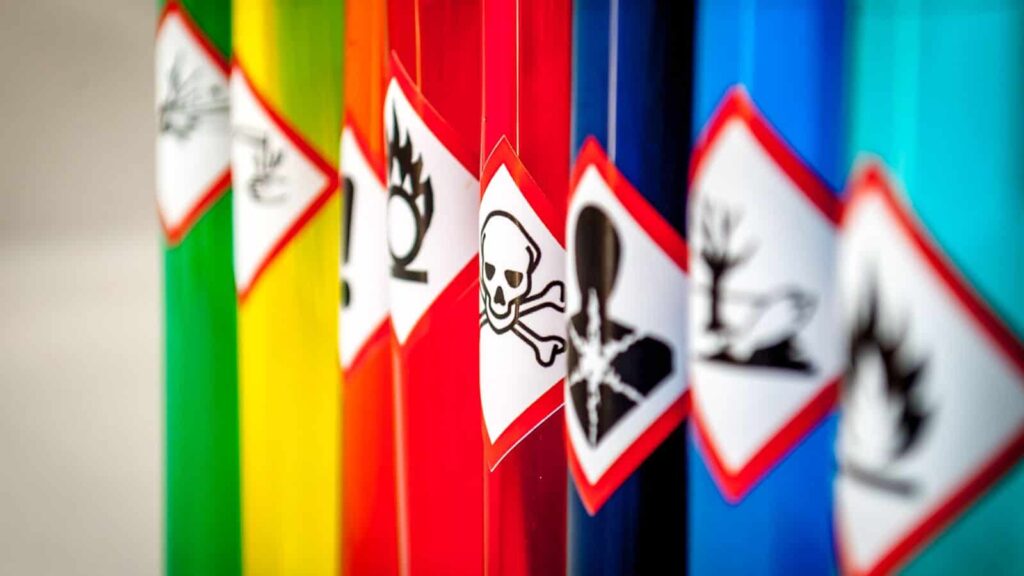
Chemicals like pesticides can cause poisoning and other severe reactions when inhaled. They could also contaminate the aircraft and other baggage. Due to these safety risks, the TSA doesn’t want you to carry them in either checked or carry-on luggage.
Unprotected Sharp Objects
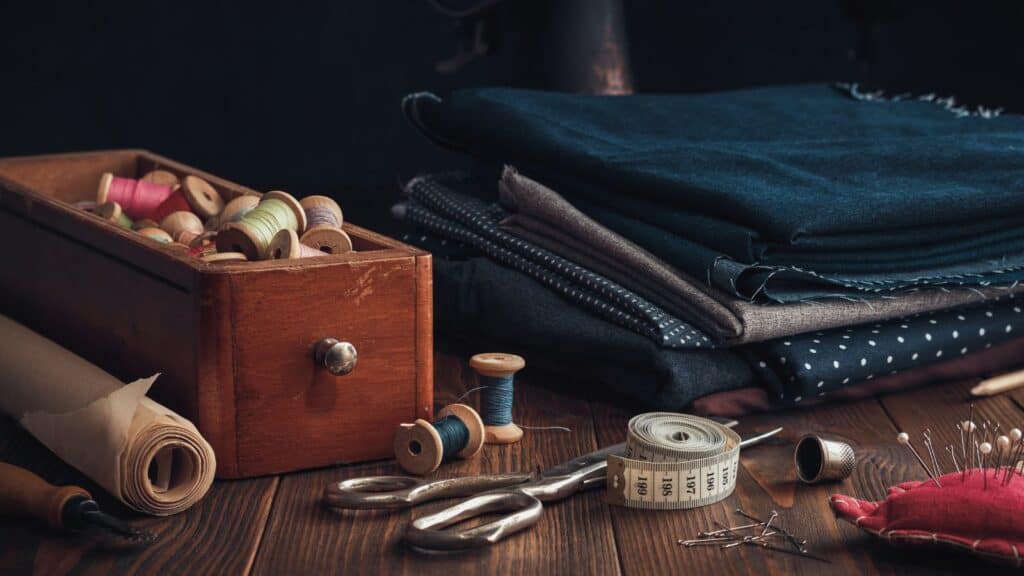
Like firearms, you’re also prohibited from carrying sharp objects like razors, scissors, cutters, and knives longer than 4 inches, because they can be used as weapons. This is especially the case for carry-on luggage. You can only include them in your checked luggage when they have been sheathed or securely wrapped.
Paint
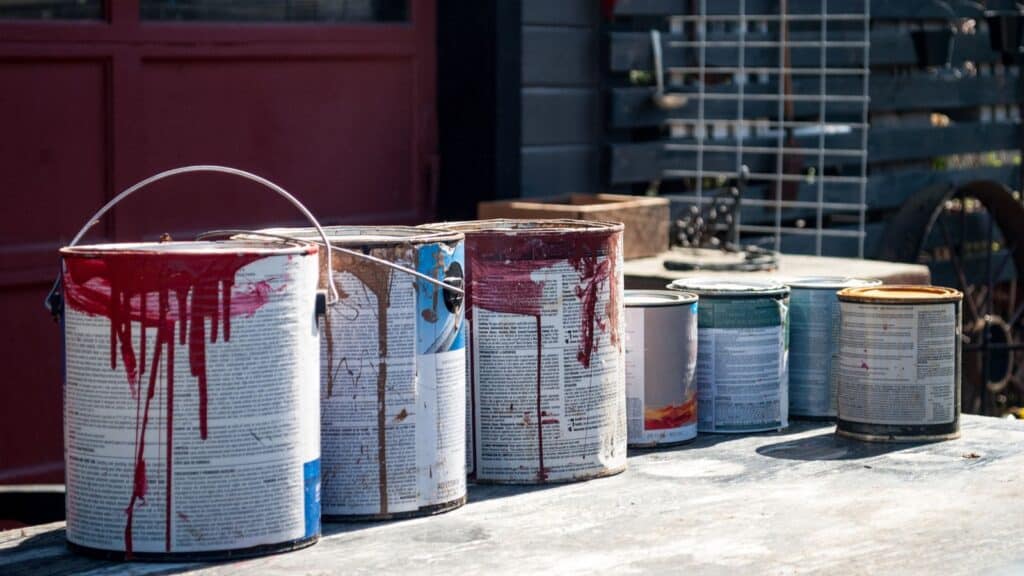
Not only is paint flammable, but changes in air pressure can cause it to release very harmful fumes into the air. These dangers are increased for aerosol (spray) paints due to their explosive nature, and this is why the FAA places a complete ban on them in both carry-on and checked luggage. The restrictions for artist paints are less strict.
Alcohol

Pure alcohol is highly flammable, causing the TSA to place limits and packaging requirements on alcoholic beverages. The TSA bans drinks that are more than 70% alcohol and limits each passenger to only be able to carry up to 5 liters (1.3 gallons) of alcoholic drinks in checked bags that contain above 24% (but below 70%) of alcohol.
Bear Sprays
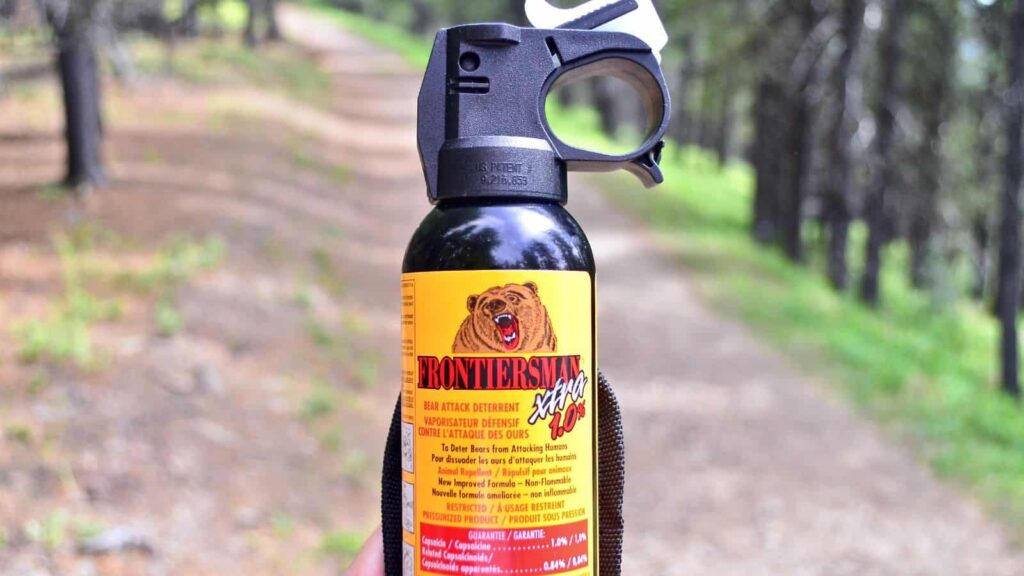
Although great for wilderness protection, bear spray is too dangerous for air travel. It’s a strong irritant that can cause severe reactions when released into the air accidentally, and, as the ADFG shares, it’s banned in both carry-on and checked luggage. Even charter operators have strict rules about it.
Matches
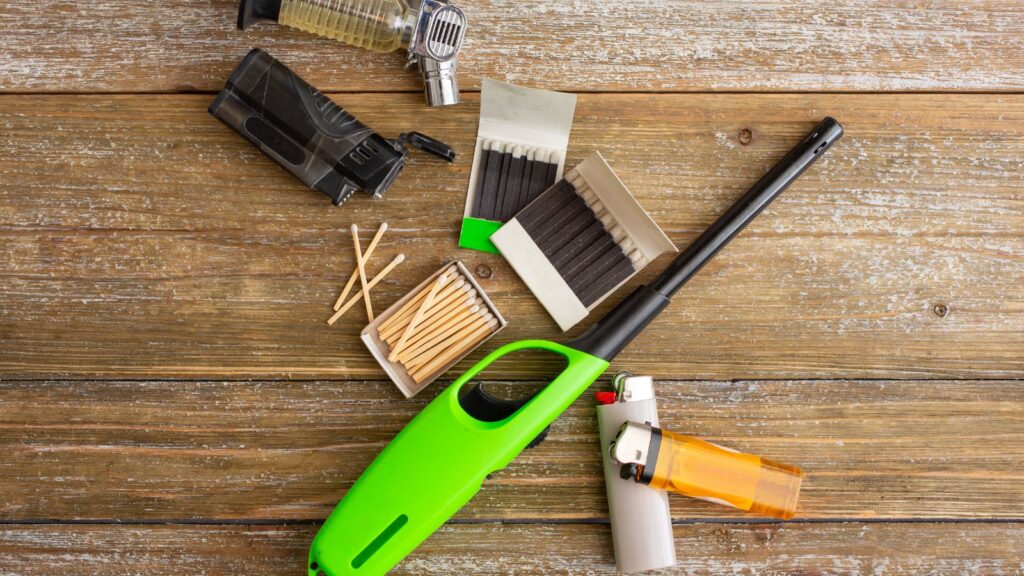
While you’re allowed to transport one book of safety matches in carry-on luggage, but you’re not allowed to include them in checked luggage. Strike-anywhere matches, which can be ignited by any rough surface, are considered a no-no in both checked and carry-on luggage because of safety reasons.
Marijuana and Cannabis Products

Yes, they have been made legal in many states across the U.S., but the federal government still has laws against them, and air travel is still under its control. So, marijuana, whether for recreational purposes or medically prescribed, is generally not allowed to be carried in your luggage.
Perfumes and Colognes

There are two levels of danger with perfumes that the TSA is concerned about: they usually contain more than 70% alcohol content and they are pressurized containers, making them flammable and explosive. Although there isn’t a complete ban on these items, you’re not allowed to transport more than 500ml of perfume and cologne.
Electronic Cigarettes and Vaping Devices

The TSA directly states that “Electronic smoking devices are allowed only in carry-on baggage.” Passengers are asked to avoid accidentally activating their heating elements during transport. Also, the lithium batteries in them stored in carry-on luggage mustn’t exceed a Watt-hour (Wh) rating of 100 Wh.
Cordless Curling Irons
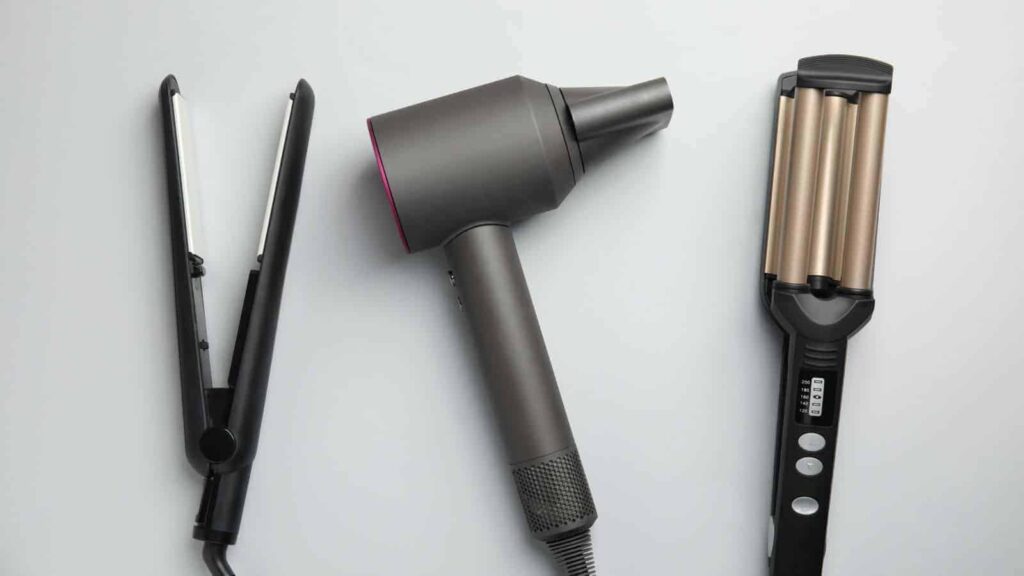
To control the risks that come with curling irons powered by lithium batteries or irons fueled by gas or butane, they’re also banned from checked luggage. You may only include them in your carry-on luggage, and their heating element must be securely fitted into a safety cover to prevent accidental activation.
Up Next: 18 Worrying Facts About Life in Medieval Times

The Middle Ages, also known as the medieval period, lasted from 500 AD to 1500 AD and is usually subdivided into the Early, High, and Late Middle Ages. Life in the medieval period was often brutal, with gruesome punishments, wars, and plagues. Here are 18 terrifying facts about life in the medieval period.
18 Worrying Facts About Life in Medieval Times
19 Easy Ways to Fall Back Asleep After Waking Up in the Middle of the Night

We’ve all been there—it’s dark, quiet, and you’re tired, but you’re still constantly tossing and turning, only to finally fall asleep minutes before the alarm goes off! Waking up throughout the night isn’t just frustrating; it also seriously impacts your energy levels. This article focuses on 19 scientifically proven methods that may help you drift back off more easily.
19 Easy Ways to Fall Back Asleep After Waking Up in the Middle of the Night
17 Things That Are Too Woke For Boomers

Our society is so different from what it was decades ago, and boomers don’t like much of what everyone considers normal in today’s society. In this light, here are 17 things about ‘woke culture’ that particularly make boomers uncomfortable.

